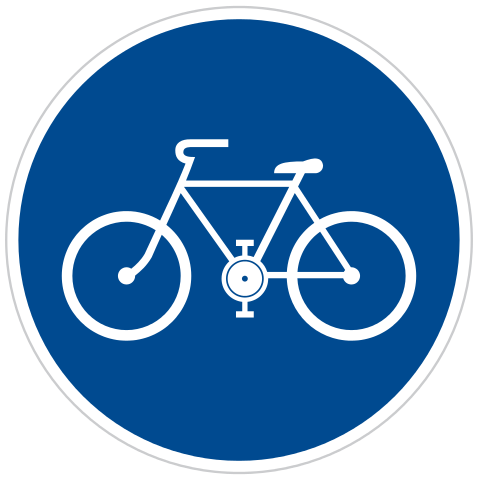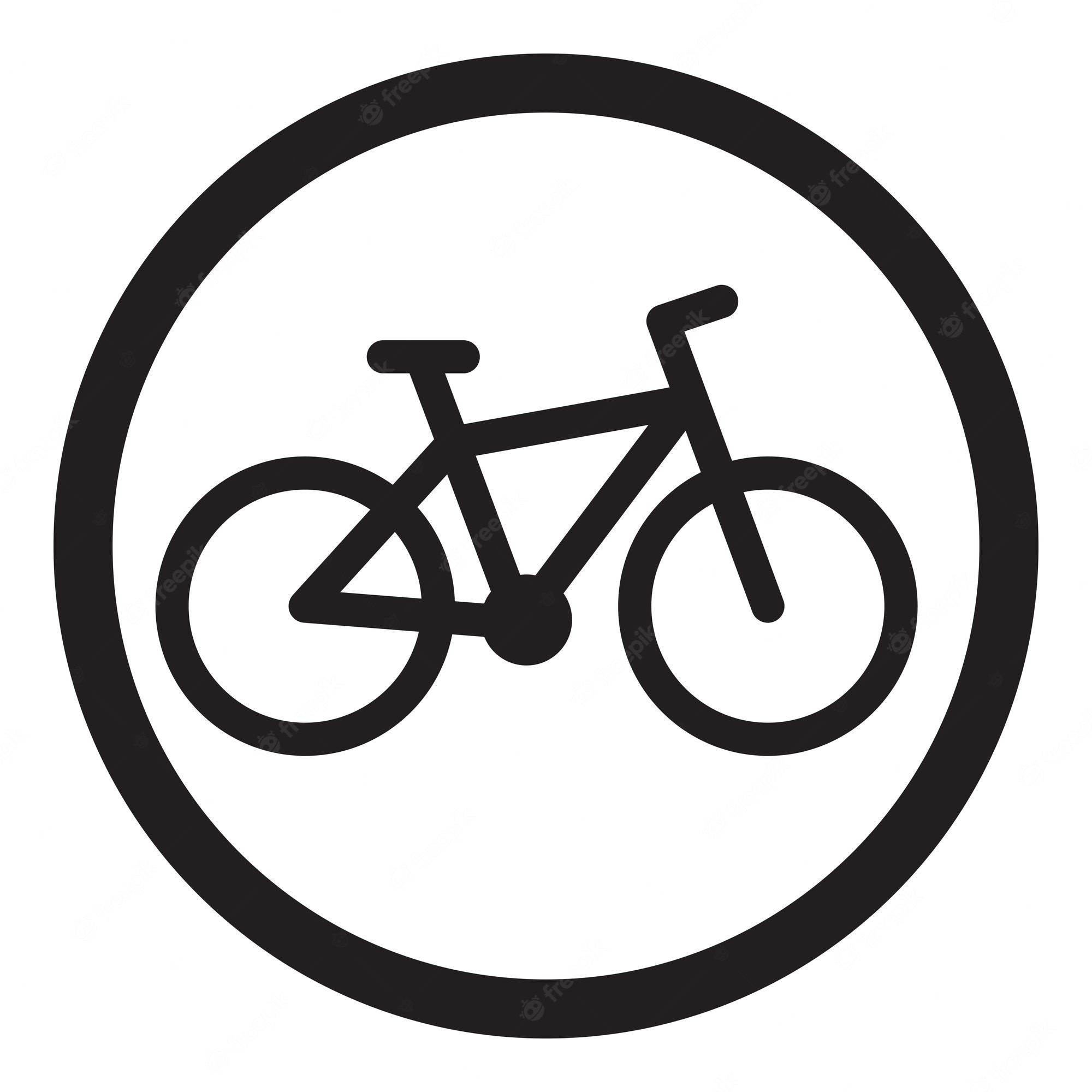

Unfortunately, you’re probably right.
Wasn’t Tesla the company that had a person (or group of people) dedicated to distracting him, thereby letting the rest of the company actually do work?


Unfortunately, you’re probably right.
Wasn’t Tesla the company that had a person (or group of people) dedicated to distracting him, thereby letting the rest of the company actually do work?
A woman I know did just that, except she wrote a book during her “off” years.


I LOVE that he thinks his leaving government to refocus on Tesla will solve the sales issue Tesla has been experiencing.
He just does not get it.


Who is actually creating a legitimate Facebook account at this point?
I moderate a few groups on Facebook, and every account I see for new members that was created within the last few years is a spammer. The people who wanted Facebook accounts already have them. Very very few actual human beings are signing up for new legitimate accounts at this point.
Facebook should just close the new account option. They’re working toward AIs talking to each other and won’t need human interaction any more anyway.
Sounds good. My brother is an originalist, but I’m more of a modern guy. I have an old Cannondale 2.8 frame that he built up for me in the late 90s, and it has 8 speed 105. I’ve threatened a few times to upgrade it, possibly using the SRAM setup with wireless shifting and rim brakes. I think it would disappoint him. Of course, it would require new wheels as well.
But as a practical matter, those 8 speed parts aren’t going to last forever, either. I think the rear derailleur spring that holds the chain in tension is a bit tired already, for example. And it’s not like I can buy a new 105 8 speed derailleur; I can get a used one but that’s just as old. (I use the bike on a smart trainer on Zwift. What I really should do is upgrade to one of the trainers that doesn’t require physically shifting.)
Nice! I’m surprised that it has the correct wheel spacing for 11 speed.
Those were steel, right? I can’t remember.


My previous laptop had a touch screen, and the Linux driver worked for it with no configuration on my end. Not exactly what you’re asking about, but I was impressed by how it “just worked”.
But that was a traditional laptop.


A friend of mine was in a bike crash during an event (large group ride, not a race), and he firmly believes the helmet saved his life. Even with it, he had a concussion that kept him off the bike for months. (I wasn’t there and don’t recall any details of the crash, if I heard any.)
That said, nothing is perfect. Another friend of mine slid on some leaves, crashed, and died several days later in the hospital. He always wore a helmet, too.
I always wear mine when riding.


Seems like these could be a good display/control panel for Home Assistant.


Just to follow up on this, that Ridenow tube has a pinhole leak in it. Never ridden, so I’m guessing defective from the factory. I used one of their adhesive patches, so far it’s holding air.
I’ll check the rim to make sure there isn’t something that caused it, but the butyl tubes are holding air fine, so it seems likely to be an issue with this tube.


I’ve had a few flats with tpu tubes, some of which were likely caused by installation error (accidentally twisting them).
I’ve broken a few of the plastic valves as well (Spingo brand), but I think that was because my pump had was failing and not sealing, and I thought the issue was the valve, not the pump. So user error there, too.
I bought some Ride Now tubes more recently. Of those, 3 of the 4 I bought have been fine. The fourth one isn’t holding air, but I haven’t had the time to figure out why. Just swapped to another tube to get the bike on the road. I like that the Ridenow tubes include patches.
Short version, my experience is that once they’re in and working, they tend to be good for a long time. Gotta be more careful installing them. Overall, I do like them.


Same here. I put two in the lights on our porch, and they’ve worked great for at least 2 years now. And we get high and low temperatures here.


What I’m hearing is we should have tossed his ass in jail before any trials.
The fuck? I interview people frequently. The thank-you email is nice, but definitely not required. I’d never write someone off because they didn’t send me a thank-you email. Geez.
I’ve been using it on my server for 6 or 8 years, and on my desktop and laptop for maybe a year. I’m not sure when I switched.
I like the stability, I generally don’t need bleeding edge software. And as someone else mentioned, it’s one of the packages distributors always offer.
Same here - daily driving Linux at home for at least 25 years now. I’m not a gamer, but for all the things I do, Linux has worked perfectly fine.
Yeah. We have a 2009 MacBook pro here that still works great, other than being horrendously out of date. I was getting 6+ hours of battery life out of it when it was new, which is pretty surprising in those days.
And OS X is pretty nice (or was for the life of that laptop, I haven’t used it much since then), and still Unix.
When my wife needed a new laptop a few years ago, we got her a Mac, because it’s just so much less maintenance for me, compared to Windows. (She uses some stuff that Linux does not yet support.)